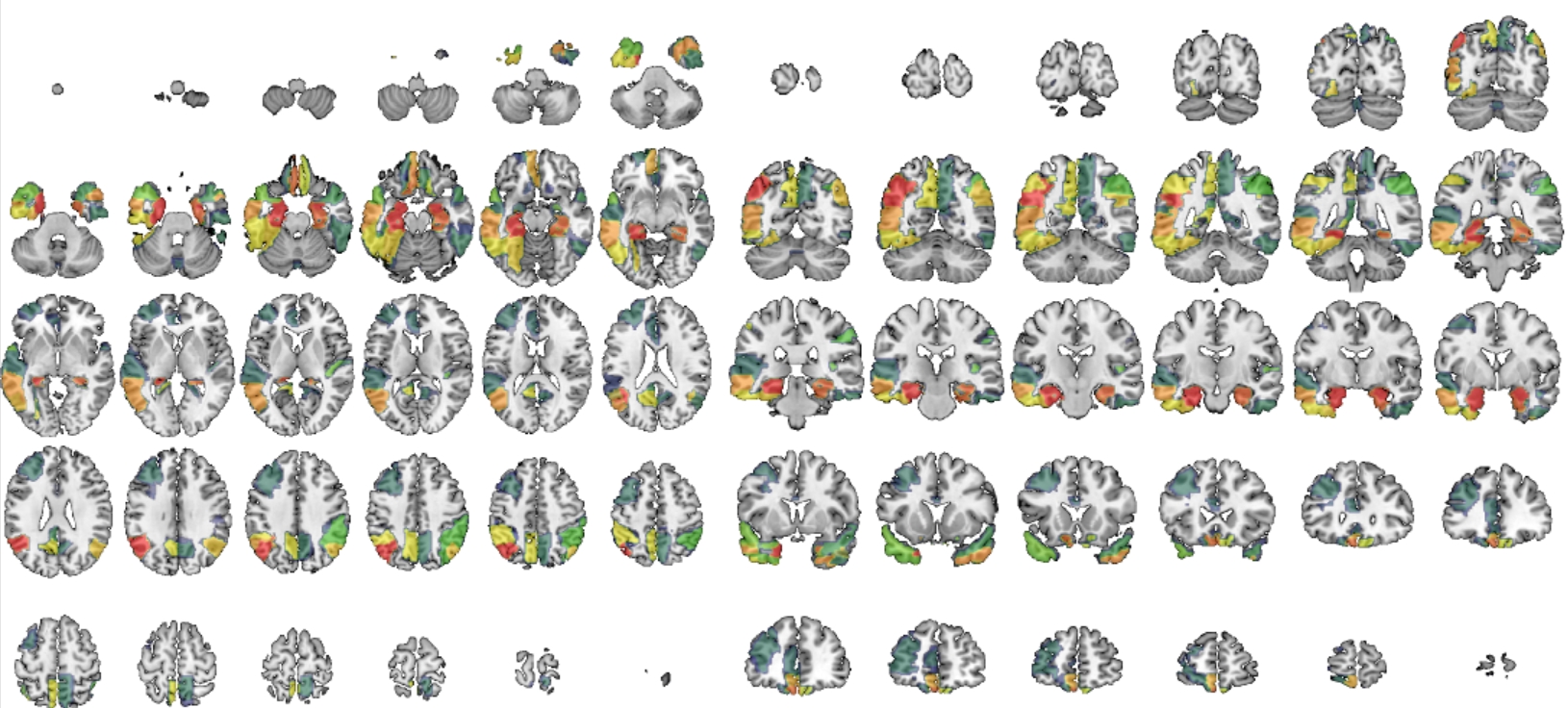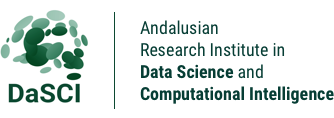Alzheimer Disease

Machine Learning Techniques applied to the Neuroscience of Alzheimer Disease
Nowadays, structural and functional imaging technologies in neuroscience are providing a high volume of information, where machine learning-based approaches are qualified to provide greater insight into neurological pathologies, such as the Alzheimer Disease (AD). Several computational and mathematical approaches have been proposed, based on the statistical learning theory, for the development of computer-aided diagnosis systems in the field of Alzheimer disease. In particular, from the perspective of data analysis, we highlight the following outstanding results:
1. Classification methods (see the paper at https://www.ncbi.nlm.nih.gov/pubmed/27478060 ) based on deep learning architectures which were applied on brain regions defined by the Automated Anatomical Labeling (AAL). Gray/white Matter (G/WM) images from MRI acquisitions on each brain area have been split into 3D patches according to those AAL regions to train an ensemble of different deep belief networks. These complex networks allow us to effectively classify between healthy controls and AD subjects with a high classification accuracy outperforming baseline methods used for comparison.
2. Several Innovations based on complex systems comprising feature standardization, ANOVA (see the paper at https://www.ncbi.nlm.nih.gov/pubmed/29242123 ) and transductive learning (see the paper at https://ieeexplore.ieee.org/document/7945239 ) selection, partial least squares feature dimension reduction and an ensemble of One vs. Rest random forest classifiers provide the same results with the goal of assessing the mild cognitive impairment (MCI) class. With the aim of improving its performance when discriminating healthy controls (HC) from MCI, a second binary classification level was introduced that reconsiders the HC and MCI predictions of the first level.
Finally, all these machine learning based techniques have the potential to yield the in-vivo assessment of brain functional/structural parameters in several neurodegenerative diseases, such as Alzheimer Disease. Relevant links that highlight the outstanding results in terms of software deliverables can be found in:
- https://sipba.ugr.es/research/petra/
- http://sipba.ugr.es/research/spherical-brain-mapping/
- https://github.com/SiPBA/brainSimulator
Period
May 2007 – Present
Researchers
Juan Manuel Górriz Sáez, Javier Ramírez Pérez de Inestrosa, Andrés Ortiz García, Fermín Segovia Román, Francisco J. Martínez Murcia, D. Salas González
Collaborators: Alzheimer Disease National Initiative (ADNI), The Dominantly Inherited Alzheimer Network (DIAN)





